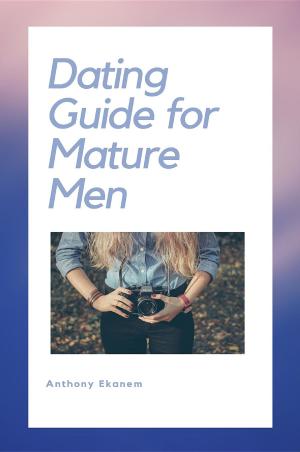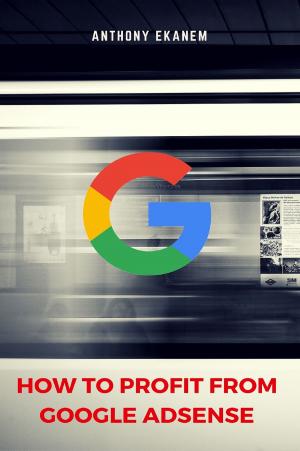Effective Copywriting Techniques
The Ads That Sell
Business & Finance, Marketing & Sales, Advertising & Promotion| Author: | Anthony Udo Ekanem | ISBN: | 9783958498839 |
| Publisher: | Anthony Ekanem | Publication: | June 8, 2017 |
| Imprint: | Anthony Ekanem | Language: | English |
| Author: | Anthony Udo Ekanem |
| ISBN: | 9783958498839 |
| Publisher: | Anthony Ekanem |
| Publication: | June 8, 2017 |
| Imprint: | Anthony Ekanem |
| Language: | English |
Advertising is salesmanship multiplied. Nothing more. And advertising copy, or copywriting, is salesmanship in print. The purpose of a copywriter’s job is to sell. Period. The selling is accomplished by persuasion with the written word, much like a television commercial sells (if done properly) by persuading with visuals and audio.
When a prospect reads your ad, letter, brochure, etc., the one thing he will be wondering from the start is: “what’s in it for me?” And if your copy doesn’t tell him, it’ll land in the trash faster than he can read the headline or lead.
A lot of advertisers make this mistake. They focus on them as a company. How long they’ve been in business, who their biggest customers are, how they’ve spent ten years of research and millions of dollars on developing this product, etc. Actually, those points are important. But they should be expressed in a way that matters to your potential customer. Remember, once he’s thrown it in the garbage, the sale is lost!
When writing your copy, it helps to think of it as writing a letter to an old friend. In fact, I often picture a friend of mine who most closely fits my prospect’s profile. What would I say to convince this friend to try my product? How would I target my friend’s objections and beliefs to help my cause?
Advertising is salesmanship multiplied. Nothing more. And advertising copy, or copywriting, is salesmanship in print. The purpose of a copywriter’s job is to sell. Period. The selling is accomplished by persuasion with the written word, much like a television commercial sells (if done properly) by persuading with visuals and audio.
When a prospect reads your ad, letter, brochure, etc., the one thing he will be wondering from the start is: “what’s in it for me?” And if your copy doesn’t tell him, it’ll land in the trash faster than he can read the headline or lead.
A lot of advertisers make this mistake. They focus on them as a company. How long they’ve been in business, who their biggest customers are, how they’ve spent ten years of research and millions of dollars on developing this product, etc. Actually, those points are important. But they should be expressed in a way that matters to your potential customer. Remember, once he’s thrown it in the garbage, the sale is lost!
When writing your copy, it helps to think of it as writing a letter to an old friend. In fact, I often picture a friend of mine who most closely fits my prospect’s profile. What would I say to convince this friend to try my product? How would I target my friend’s objections and beliefs to help my cause?















